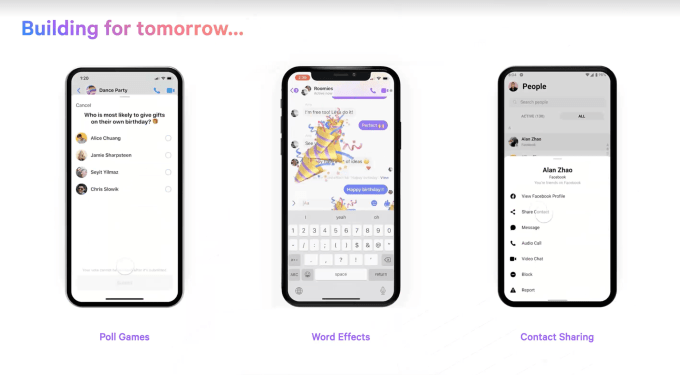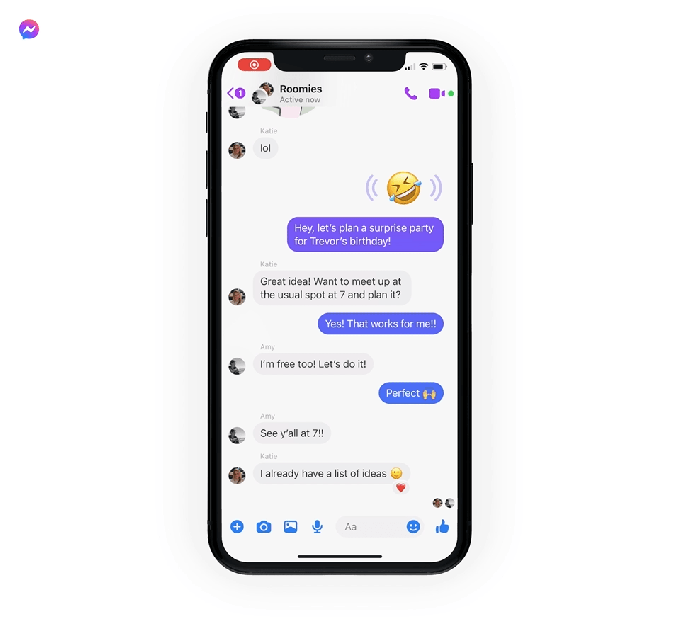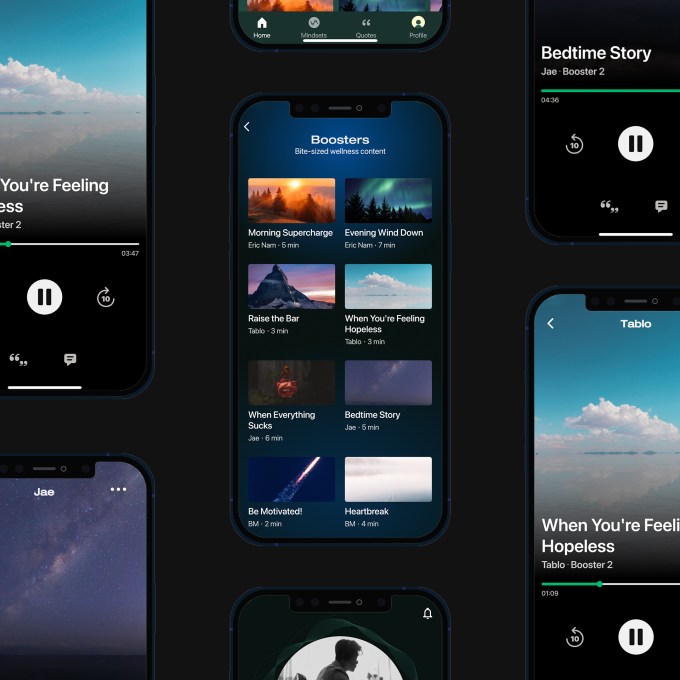- August 25, 2021
- by:
- in: Blog
To celebrate its ten year anniversary, Messenger today announced a handful of new features: poll games, word effects, contact sharing, and birthday gifting via Facebook Pay. But beyond the fun features, Facebook has been testing a way to add voice and video calls back into the Facebook app, rather than on Messenger. “We are testing
To celebrate its ten year anniversary, Messenger today announced a handful of new features: poll games, word effects, contact sharing, and birthday gifting via Facebook Pay. But beyond the fun features, Facebook has been testing a way to add voice and video calls back into the Facebook app, rather than on Messenger.
“We are testing audio and video calls within the Facebook app messaging experience so people can make and receive calls regardless of which app they’re using,” a representative from Facebook told TechCrunch. “This will give people on Facebook easy ways to connect with their communities where they already are.”
Although earlier in Facebook history, the Messenger app had operated as a standalone experience, Facebook tells us that it’s now starting to see Messenger less as a separate entity — more of an underlying technology that can help to power many of the new experiences Facebook is now developing.
“We’ve been focused more on real-time experiences — Watch Together, Rooms, Live Audio Rooms — and we’ve started to think of Messenger as a connective tissue regardless of the surface,” a Facebook spokesperson told us. “This is a test, but the bigger vision is for us to unlock content and communities that may not be accessible in Messenger, and that the Facebook app is going to become more about shared real-time experiences,” they added.
Given the company’s move in recent months to integrate its underlying communication infrastructure, it should come to reason that Facebook would ultimately add more touchpoints for accessing its new Messenger-powered features inside the desktop app, as well. When asked for comment on this point, the spokesperson said the company didn’t have any details to share at this time. However, they noted that the test is a part of Facebook’s broader vision to enable more real-time experiences across Facebook’s services.
Despite the new integrations, the standalone version of Messenger isn’t going away.
Facebook says that people who want a more “full-featured” messaging, audio and video calling experience” should continue to use Messenger.

Image Credits: Messenger
As for today’s crop of new features — including polls, word effects, contact sharing, and others — the goal is to celebrate Messenger’s ability to keep people in touch with their family a friends.
To play the new poll games, users can tap “Polls” in their group chat and select the “Most Likely To” tab — then, they can choose from questions like “most likely to miss their flight?” or “most likely to give gifts on their own birthday?”, select names of chat participants to be included as potential answers, and send the poll.
Contact sharing will make it easier to share others’ Facebook contacts through Messenger, while birthday gifting lets users send birthday-themed payments on Messenger via Facebook Pay. There will also be other “birthday expression tools,” including a birthday song soundmoji, “Messenger is 10!” sticker pack, a new balloon background, a message effect, and AR effect to celebrate Messenger’s double-digit milestone.

Image Credits: Messenger
Meanwhile, word effects lets users manually input a phrase, and any time they send a message with that phrase, an accompanying emoji will float across the screen. In an example, Messenger showed the phrase “happy birthday” accompanied with a word effect of confetti emojis flooding the screen. (That one’s pretty tame, but this could be a remarkable application of the poop emoji.) The company only shared a “sneak peak” of this feature, as it’s not rolling out immediately.
In total, Facebook is announcing a total of ten features, most of which will begin rolling out today.
Messenger has come a long way over the past decade.
Ten years ago, Facebook acqui-hired a small group messaging start-up called Beluga, started by three former Google employees (apparently, a functional group thread was a white whale back then — simpler times). Several months later, the company unveiled Messenger, a standalone messaging app.
But three years into Messenger’s existence, it was no longer an optional add-on to the Facebook experience, but a mandatory download for anyone who wanted to keep up with their friends on the go. Facebook removed the option to send messages within its flagship app, directing users to use Messenger instead. Facebook’s reasoning behind this, the company told TechCrunch at the time, was that they wanted to eliminate the confusion of having two different mobile messaging systems. Just months earlier, Facebook had spent $19 billion to acquire WhatsApp and woo international users. Though removing Messenger from the Facebook app was controversial, the app reached 1.2 billion users three years later in 2017.
Today, Facebook has declared that it wants to evolve into a “metaverse” company, and on the same day as the anti-trust filing last week, Mark Zuckerberg unveiled a product that applies virtual reality in an impressively boring way: helping people attend work meetings. This metaverse would be enabled by technologies built by Facebook’s platform team, noted Vice President of Messenger Stan Chudnovsky. However, he added that people in the metaverse will still need platforms like Messenger.
“I don’t think messaging is going anywhere, even in the metaverse, because a asynchronous communication is going to continue to exist,” Chudnovsky said. People will still need to send messages to those who aren’t currently available to chat, he explained. Plus, Chudnovsky believes this sort of communication will become even more popular with the launch of the metaverse, as the technology will help to serve as a bridge between your phone, real life, and the metaverse.
“if anything is gonna happen more, not less. Because messaging is that things that just continues to grow with every new platform leap,” he said.
Additional reporting: Sarah Perez

 For D2C startups, the Warby IPO is something of a do-over. The Casper IPO from early 2020 is now a cautionary tale for companies employing the business model; the company reduced its IPO range, priced at $12 per share and today trades for just over $5.
For D2C startups, the Warby IPO is something of a do-over. The Casper IPO from early 2020 is now a cautionary tale for companies employing the business model; the company reduced its IPO range, priced at $12 per share and today trades for just over $5.







